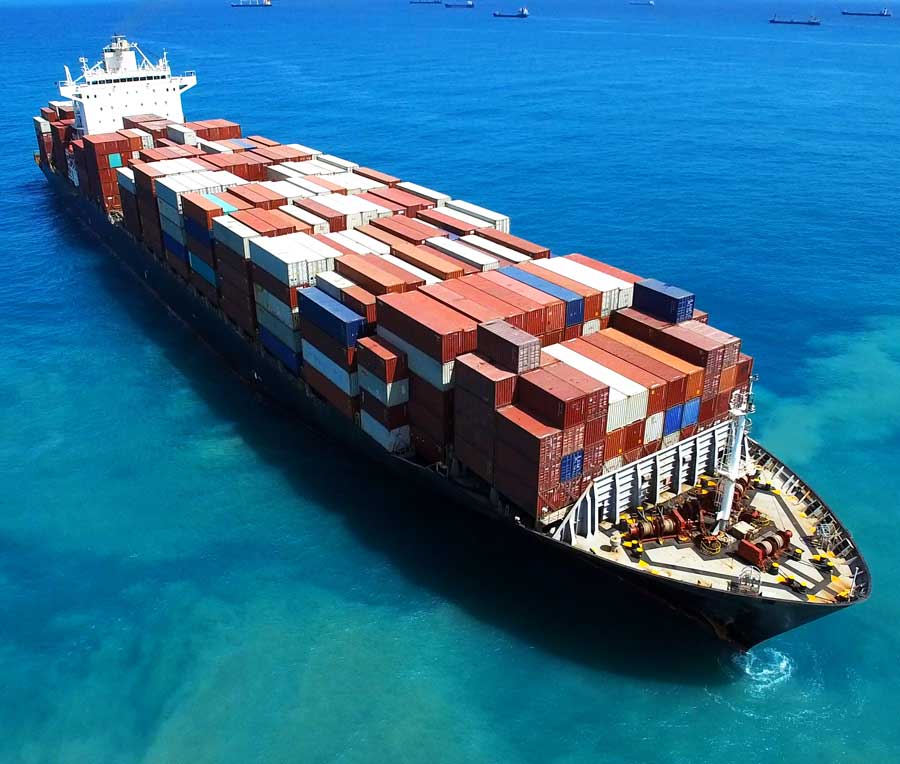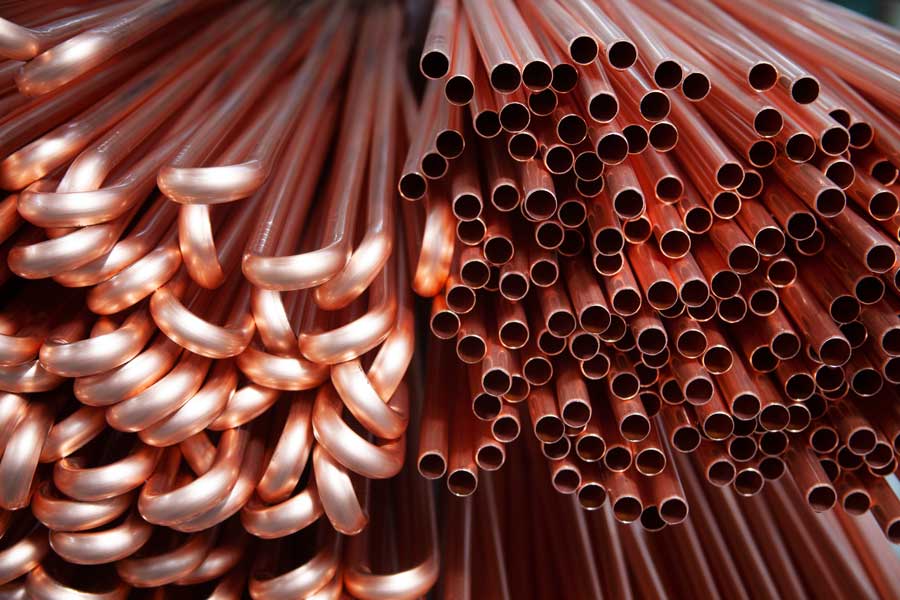This website uses cookies so that we can provide you with the best user experience possible. Cookie information is stored in your browser and performs functions such as recognising you when you return to our website and helping our team to understand which sections of the website you find most interesting and useful.
Electric Water Heaters to Reduce Carbon Footprint
Now more than ever, as a business owner in Australia, it is vital to understand how you might be contributing to the carbon footprint of your industry. However, it isn't all doom and gloom. Thanks to new technologies already within the market, you can even start to mitigate any impact with some simple changes.
According to a 2017 submission to the Journal of Environmental Planning and Management, the building industry contributes 25% of Australia's total carbon emissions each year! This might come as a shock to you, especially if your business is in the industry. The report covered many topics. However, it may have failed to consider the total supply chain contribution.
Looking at the Bigger Picture

Let's take something simple about the commercial building construction and maintenance industry and analyse it. Hopefully, by the end of this article, you can see how you might save not only money for your business but reduce your carbon footprint at the same time. Every building requires heated water, and in the past, using gas was seen as an environmentally friendly option. However, recent studies have shown that using new, energy-efficient electric water heaters over gas ones can reduce as much as 70% of carbon emissions in commercial properties.
However, one part of the equation seems to be missing from most people's calculations when looking at carbon emissions and hot water heating—the supply chain carbon emissions. Gas bottles and hot water storage units are primarily produced in China or Europe. The heaters and bottles are shipped to Australia via large sea freighters that emit massive amounts of CO2 into the atmosphere.
But before we start getting into some entertaining mathematics, aren't the electric instantaneous water heaters also shipped from overseas? Yes, that's right, they are; however, the methods they are coming to Australia isn't the issue. Like most things, it is all about efficiency. A 40-foot sea container has a storage capacity of 67 cubic meters, so if we take an average natural gas hot water heater with packed dimensions of 450mm x 1620mm x 530mm, that gives us a cubic measurement of 0.386 cubic meters. Allowing for pallet spacing would mean we could fit around 165 to 175 natural gas heaters in our container.
So for this exercise, we need to look at how much carbon emissions a container ship emits per km travelled. Luckily a report from the United Nations has already given us this figure, and we don't need to hitch a month-long ride on a container ship with a CO2 probe! According to the report, an average container ship emits between 11 & 42 grams of CO2 per tonne-kilometre travelled. So if we take the China example from above, the main Shanghai Port to Adelaide is a 6263 nautical mile trip or 11,599kms. Considering the average container ship holds around 10,000 containers, and the average weight of a full container is 20 tonnes, we can figure out how much CO2 is produced.
Did you follow all that? Don't worry the mathematics part will be over soon. This means our fictitious ship produces anywhere from 2,200,000 to 8,400,000 grams of CO2. So before you start having an existential crisis thinking about the coffee beans from Peru that you're enjoying, we need to reduce our figure.
We can surmise now that the container with the natural gas heaters has around 550g of carbon to get from port to port. So dividing this by the 165 heaters in the shipment gets us around 3.3g per unit. On the other hand, suppose we include freight road freight to the importer, distribution, and the worksite. In that case, we can push this figure to about 5g of carbon per unit.
The real savings start with instant electric water heaters
So we know that it was a long walk down the supply chain to get our figure of 5g of carbon per natural gas water heater landed in Australia. However, let me tell you why it is essential to know as a business owner. 5g doesn't sound much, right? So why even bother calculating it?
We need to know this number so we can compare it to the new generation of efficient instant hot water systems like the Elwa Hotrun-X. The most energy-efficient water heaters don't have any emissions from the unit themselves (unlike natural gas heaters), and they are incredibly compact. Just how compact, we hear, you ask? Think of a reem of A4 paper, not much bigger than that. Amazing right?
So, without running you up and down the supply chain mathematics again, your business can massively reduce its carbon footprint by installing an electric instant hot water system over natural gas. This is because the importer can bring in almost 50 times as many units in one shipment! That brings down the carbon footprint per unit to 0.1 grams each. But it doesn't stop there either, as swapping your installs to electric instant hot water has other benefits.
Getting down to the brass tacks

Well, not brass but copper. Now that we have demonstrated the carbon savings in switching your installs over to instant hot water units, we might as well save some money too. However, the discussion around carbon doesn't stop here either.
Let's face it, copper piping isn't cheap and depending on where in the commercial building you mount your hot water unit, you may start to run up a hefty bill. In addition, the larger and more cumbersome gas hot water storages systems need to be mounted outside the premises and usually far away from the hot tap outlet.
Think about it for a moment, how much money you can save by installing an electric instant hot water system at the usage endpoint. This can mean the difference between using one to two meters of copper pipe compared to fifty or a hundred metres. Of course, at retail pricing from bunnings, that number is already scary at around $3500 for fifty meters. However, even at trade pricing, that is still a considerable amount saved and back in the bottom line.
It's not all about money, however. As you have probably guessed, we will talk about your carbon footprint again and a concept known as Embodied Energy. Most plumbing throughout a commercial property is via polypropylene or Polyvinyl chloride (PVC) pipes. Now it doesn't take a rocket scientist to figure out that the production and moulding of metals will be a lot more energy-intensive than plastics. But by exactly how much might surprise you.
Let's start with the more expensive material, copper. According to various studies from prestigious universities like Princeton, the production and refinement of copper into a usable metal takes nine kilograms of CO2 to produce one kilogram of copper. Now bear in mind that this doesn't include the production to turn it into actual pipework, just a raw metal.
Polypropylene, in comparison, only requires one and a half kilograms of CO2 to produce every kilogram of usable Polypropylene. So you only have to look at each material's melting points to see where all the CO2 is coming from in the supply chain. For example, Polypropylene has a melting point of 130 to 180c, while copper's melting point is around 1085c.
Going green doesn't have to hurt your business
In the past, going green as a business or even an industry meant a real chance of shutting down or losing out to dirtier and cheaper competitors. However, times have changed, and Australian companies are taking the lead to help reduce CO2 emissions and fight climate change. We know you probably didn't like the mathematics component of this little article (We know we didn't), but without the facts, you're never going to get the whole picture. So get out there and help save the climate and some money while you're at it. One last thing, don't stop there. Take a look at your entire operation and see where you can save even more.
For any questions or enquiries, please go to our contact page or click here for more information on our range.

